Findings add to understanding and guide sigmoidoscopy recommendations
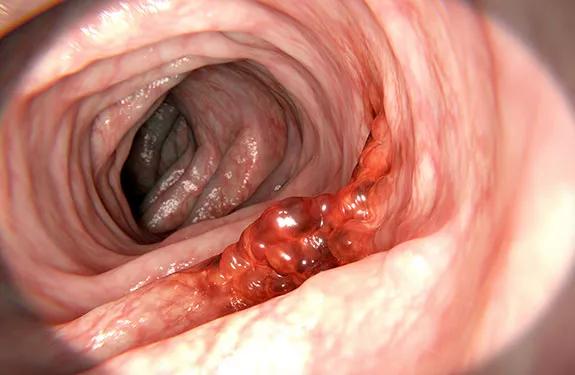
With colorectal cancer (CRC) in patients under age 50 rising 1.5 percent per year, James Church, MD, and his colleagues are working to get to root causes and promote earlier screening for at-risk populations.
Advertisement
Cleveland Clinic is a non-profit academic medical center. Advertising on our site helps support our mission. We do not endorse non-Cleveland Clinic products or services. Policy
His most recent study produced an important confirmation of how age correlates with different pathways to carcinogenesis. This investigation of tumor biology clearly shows the relationship of age with disparate neoplastic pathways, and with left- vs. right-sided tumors. The findings add to our understanding of CRC etiology and strengthen the case for early sigmoidoscopy in people under 50 who have family histories or other risk factors.
Approximately 25 percent of all CRC is caused by hypermethylation and the remainder from chromosomal instability. Methylation is a normal mechanism for turning gene expression on and off as needed for hormonal and other functions. Hypermethylation, however, results in inappropriate “switching” off of genes, and when tumor suppressor genes are switched off this can initiate a pathway to neoplastic changes (sessile serrated polyps and adenomas as cancer precursors). Methylation-induced cancer is largely right-sided. Smoking is a known high risk factor, and obesity, diet and sedentary lifestyles may be others.
Tumors that originate with an APC mutation develop through chromosomal instability and occur with similar frequency in the right and left side. These tumors represent the majority of all CRC cancers.
Because DNA methylation levels in the colon increase with age, Dr. Church and his colleagues hypothesized that these sort of cancers would be uncommon in young patients. Because methylator cancers are right sided, this could explain the predilection for left sided cancers in the young.
Advertisement
To ferret out the differences between tumors in the younger and older groups, researchers studied frozen slices of 497 colorectal tumors from Cleveland Clinic’s tumor bank. 88.5 percent (440) were from patients over 50, with 11.5 percent (57), 50 years of age or younger. About half were women and half men, in both age groups. Hereditary disease and irritable bowel syndrome cases were excluded from the study.
Incidence of right-sided cancers rose in stair-step fashion with each decade past age 50, starting at 19 percent (<50) and rising to 34 percent (50-60), 52 percent (60-70), 55 percent (70-80), and 71 percent (>80), strengthening the evidence that hypermethlylation is an age-related cause of CRC.
While most CRC is left-sided, the study demonstrates that the incidence of right-sided tumors increases dramatically with age (50 years old and up). This underlines the importance of scheduled 5- or 10-year full colonoscopy for older adults, which is a standard screening recommendation. Further, considering the overall increasing CRC rate in patients under 50, and the relatively low incidence of right-sided cancer in this group, flexible sigmoidoscopy (up to the splenic flexure) represents a sound recommendation for people age 40 to 50.
Advertisement
Dr. Church presented his study Wednesday at the 2018 American Society of Colon and Rectal Surgeons Scientific Meeting.
Advertisement
Advertisement
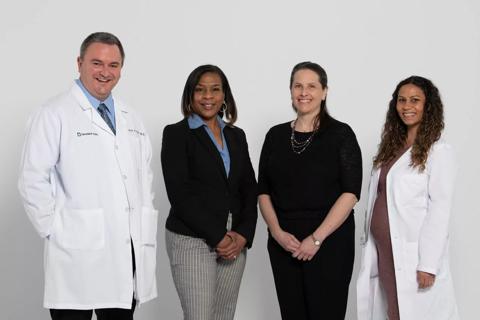
First-of-its-kind research investigates the viability of standard screening to reduce the burden of late-stage cancer diagnoses

Global R&D efforts expanding first-line and relapse therapy options for patients
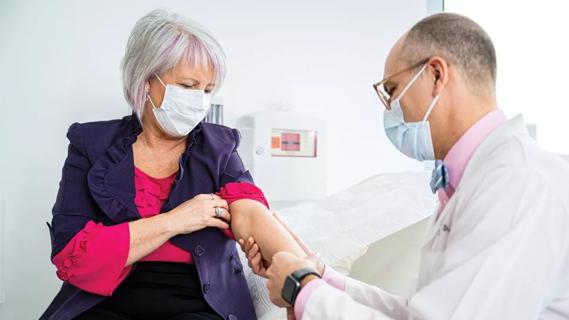
Study demonstrates ability to reduce patients’ reliance on phlebotomies to stabilize hematocrit levels
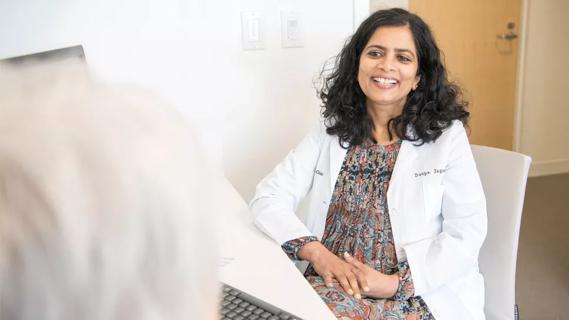
A case study on the value of access to novel therapies through clinical trials

Findings highlight an association between obesity and an increased incidence of moderate-severe disease

Cleveland Clinic Cancer Institute takes multi-faceted approach to increasing clinical trial access 23456
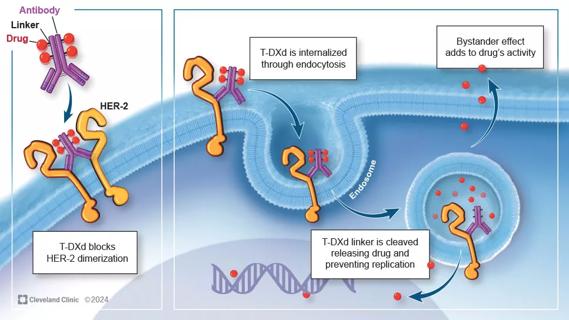
Key learnings from DESTINY trials

Overall survival in patients treated since 2008 is nearly 20% higher than in earlier patients